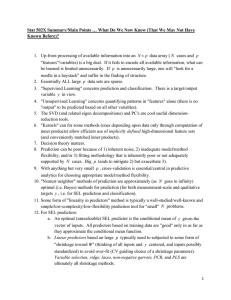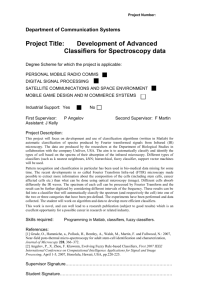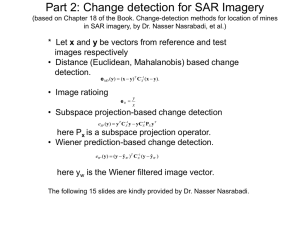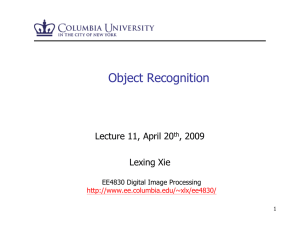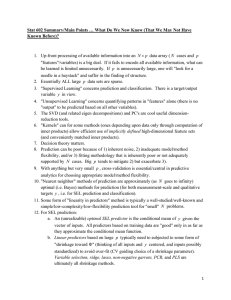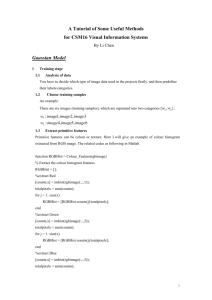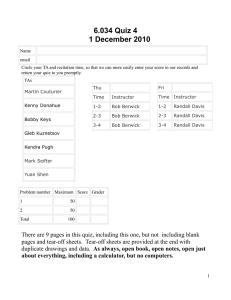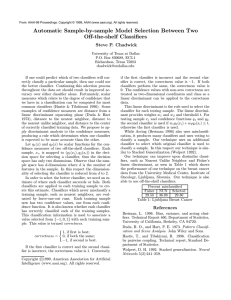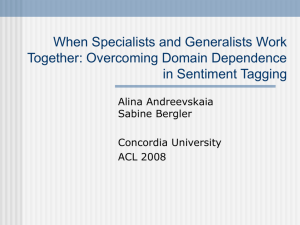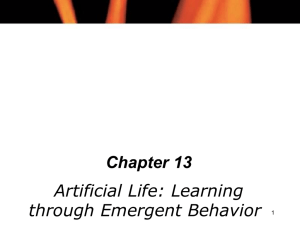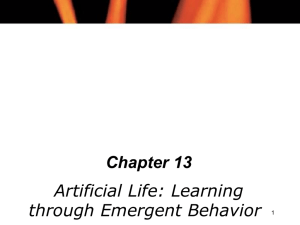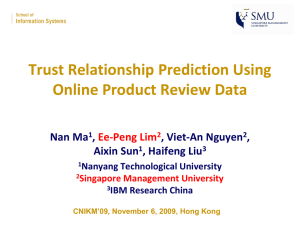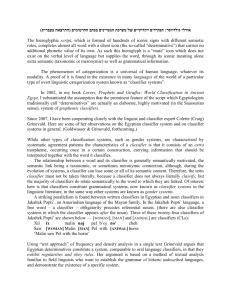Abstract
advertisement
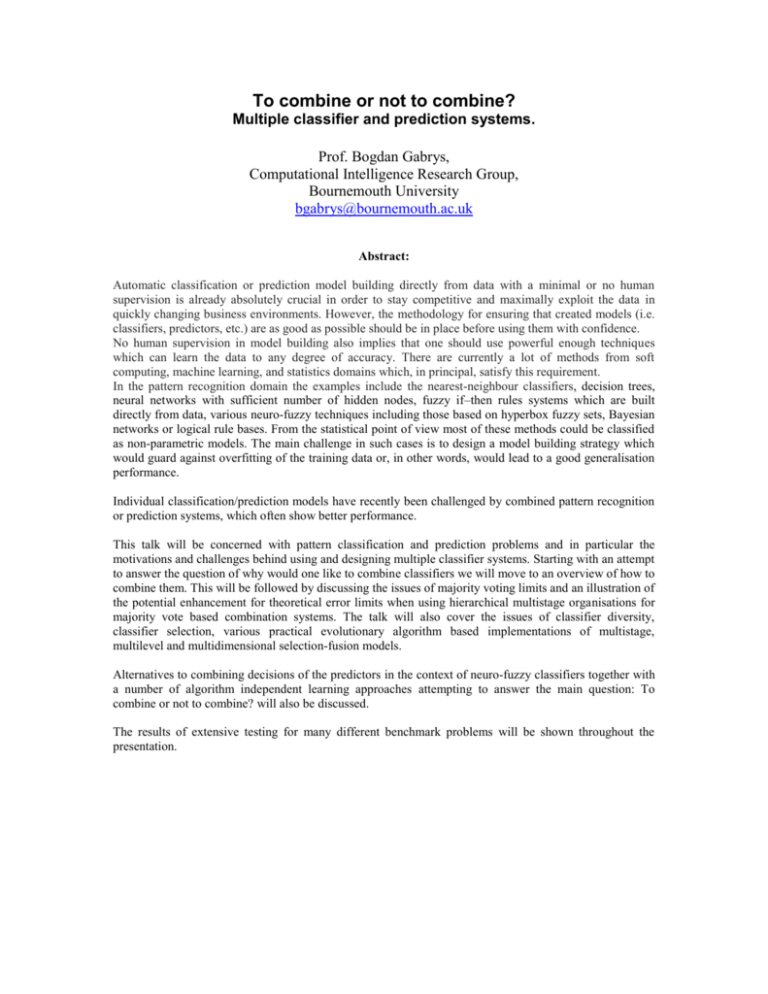
To combine or not to combine? Multiple classifier and prediction systems. Prof. Bogdan Gabrys, Computational Intelligence Research Group, Bournemouth University bgabrys@bournemouth.ac.uk Abstract: Automatic classification or prediction model building directly from data with a minimal or no human supervision is already absolutely crucial in order to stay competitive and maximally exploit the data in quickly changing business environments. However, the methodology for ensuring that created models (i.e. classifiers, predictors, etc.) are as good as possible should be in place before using them with confidence. No human supervision in model building also implies that one should use powerful enough techniques which can learn the data to any degree of accuracy. There are currently a lot of methods from soft computing, machine learning, and statistics domains which, in principal, satisfy this requirement. In the pattern recognition domain the examples include the nearest-neighbour classifiers, decision trees, neural networks with sufficient number of hidden nodes, fuzzy if–then rules systems which are built directly from data, various neuro-fuzzy techniques including those based on hyperbox fuzzy sets, Bayesian networks or logical rule bases. From the statistical point of view most of these methods could be classified as non-parametric models. The main challenge in such cases is to design a model building strategy which would guard against overfitting of the training data or, in other words, would lead to a good generalisation performance. Individual classification/prediction models have recently been challenged by combined pattern recognition or prediction systems, which often show better performance. This talk will be concerned with pattern classification and prediction problems and in particular the motivations and challenges behind using and designing multiple classifier systems. Starting with an attempt to answer the question of why would one like to combine classifiers we will move to an overview of how to combine them. This will be followed by discussing the issues of majority voting limits and an illustration of the potential enhancement for theoretical error limits when using hierarchical multistage organisations for majority vote based combination systems. The talk will also cover the issues of classifier diversity, classifier selection, various practical evolutionary algorithm based implementations of multistage, multilevel and multidimensional selection-fusion models. Alternatives to combining decisions of the predictors in the context of neuro-fuzzy classifiers together with a number of algorithm independent learning approaches attempting to answer the main question: To combine or not to combine? will also be discussed. The results of extensive testing for many different benchmark problems will be shown throughout the presentation.
![[ ] ( )](http://s2.studylib.net/store/data/010785185_1-54d79703635cecfd30fdad38297c90bb-300x300.png)
